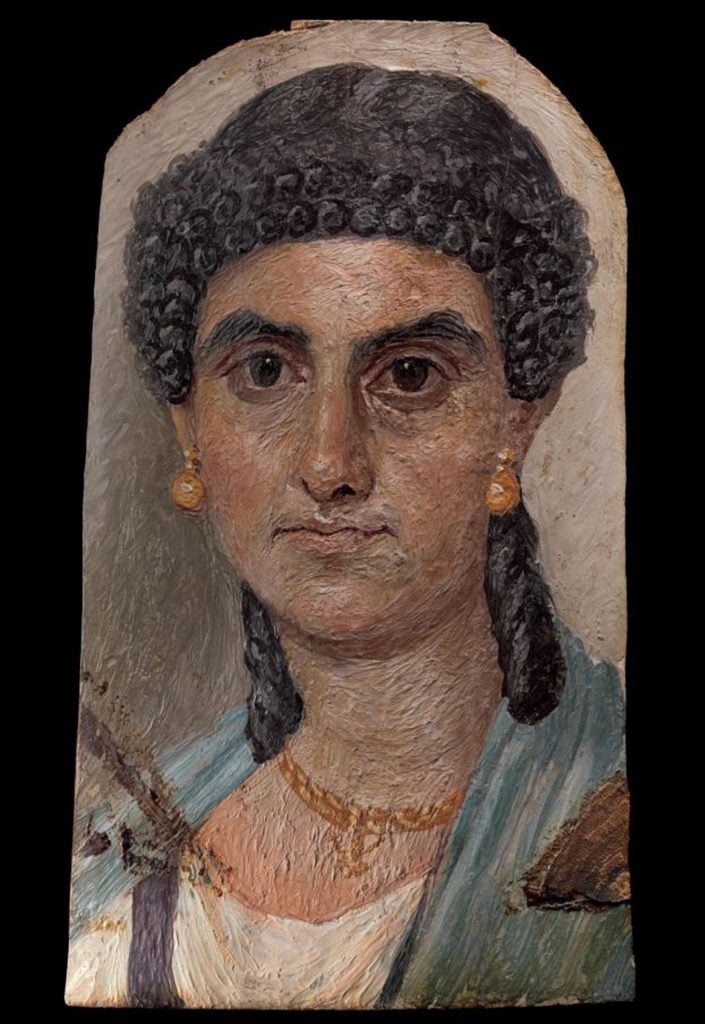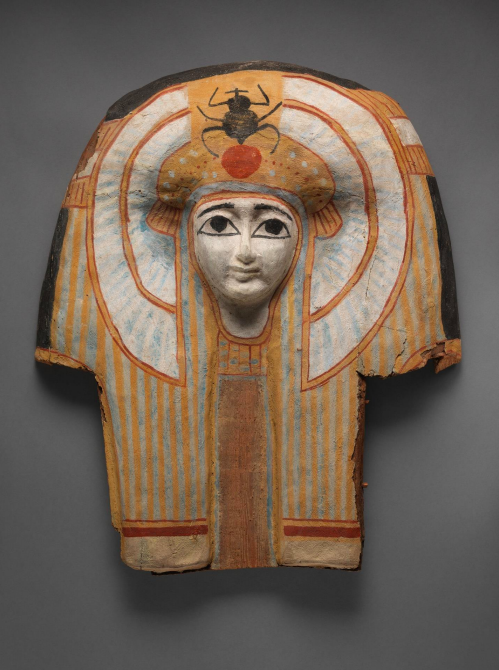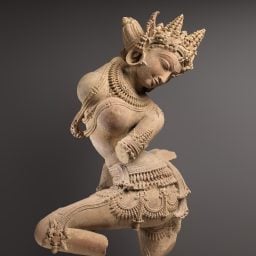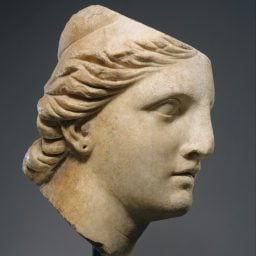As part of an ongoing and increasingly knotty investigation into an international trafficking ring, the Manhattan District Attorney’s office has confiscated five valuable Egyptian artifacts from the Metropolitan Museum of Art.
Acting on a warrant issued by a Supreme Court judge on May 19, the DA’s office seized the antiques late last month, according to the Art Newspaper, which first reported the news. The warrant, a copy of which has been reviewed by Artnet News, contended that the objects constituted evidence of “criminal possession of stolen property.”
Representatives from the DA’s office declined to comment further on the investigation.
Four of the antiques have been connected to Roben Dib, a German-Lebanese art dealer who, along with Paris-based dealer Christophe Kunicki, is accused of falsifying documents to traffic hundreds of artifacts from the Near and Middle East. Two years ago, Kunicki was arrested in Paris on charges of criminal conspiracy, gang fraud, and money laundering.
Dib, who is facing the same charges, voluntarily surrendered to authorities in the French capital in March and has remained in detention since, though he denies any wrongdoing.
The scandal reached new levels of notoriety last week when Jean-Luc Martinez, the former director of the Musée du Louvre, was indicted for “complicity of gang fraud and laundering” in connection with numerous antiques bought by the Louvre Abu Dhabi after allegedly being smuggled from Egypt. He, too, has denied the accusations.

An Egyptian Fayum portrait from 54-68 AD. Courtesy of the New York District Attorney’s Office.
Among the objects seized from the Met are a Fayum mummy portrait dating back more than 1,900 years to Nero’s reign as emperor (estimated to be worth $1.2 million) and a collection of linen fragments from an Exodus painting completed between 250 and 450 CE (estimated at $1.6 million).
According to TAN, both antiques were at one time sold by the Pierre Bergé auction house in Paris, where Kunicki served as an authentication expert.
The DA’s office also confiscated a painting of a face from a wooden coffin from around 945 to 712 BCE (estimated at $6,500) and two limestone steles, one from around 1750 to 1720 BCE ($250,000) and the other from 690 to 650 BCE ($50,000). The sarcophagus painting was once sold by a Dutch company on behalf of Dib.
Asked for comment on the DA’s seizure and whether the museum knew about the objects’ implications in the trafficking ring, a spokesperson from the institution said “the Met has been fully cooperative, and will continue to be so.”
This is not the first time the Met has had a prized relic confiscated in connection to Kunicki and Dib.
In 2018, the DA’s office seized a golden sarcophagus from the museum, which it had purchased for nearly $4 million just a year before. The coffin, it turned out, had been sold by Kunicki in 2013, the year the DA launched its investigation.










